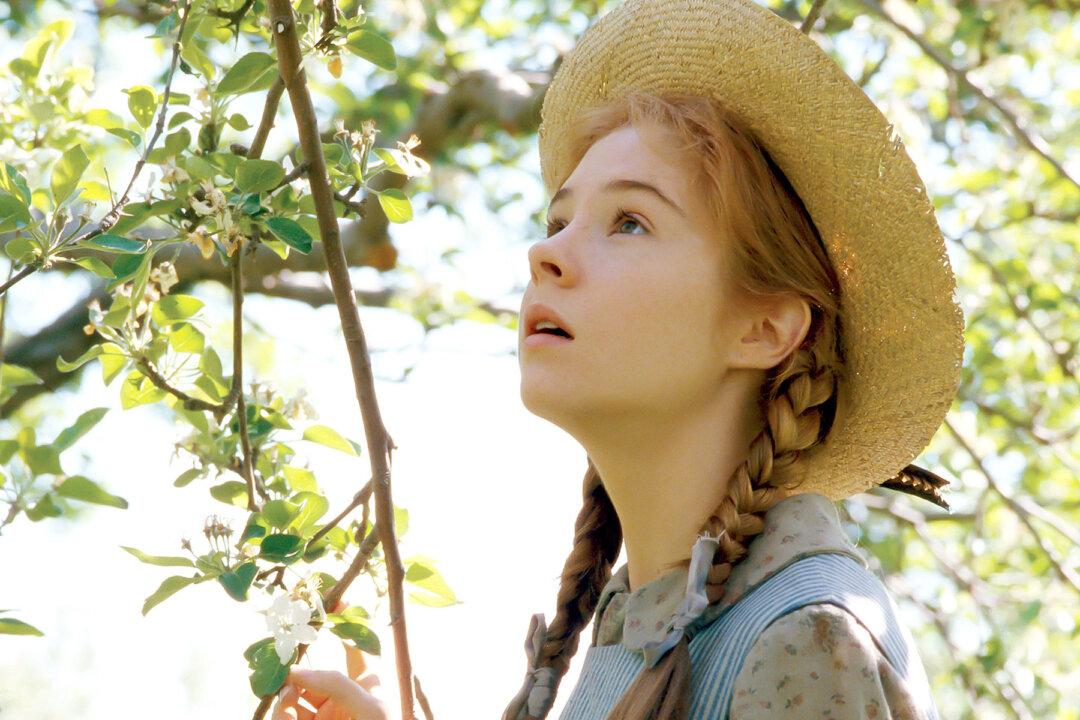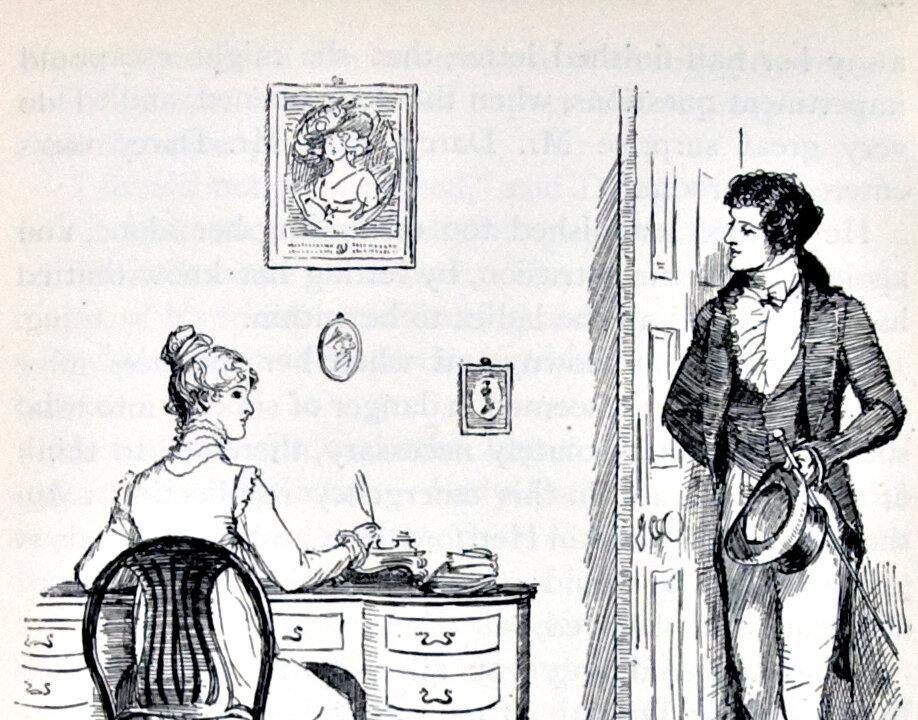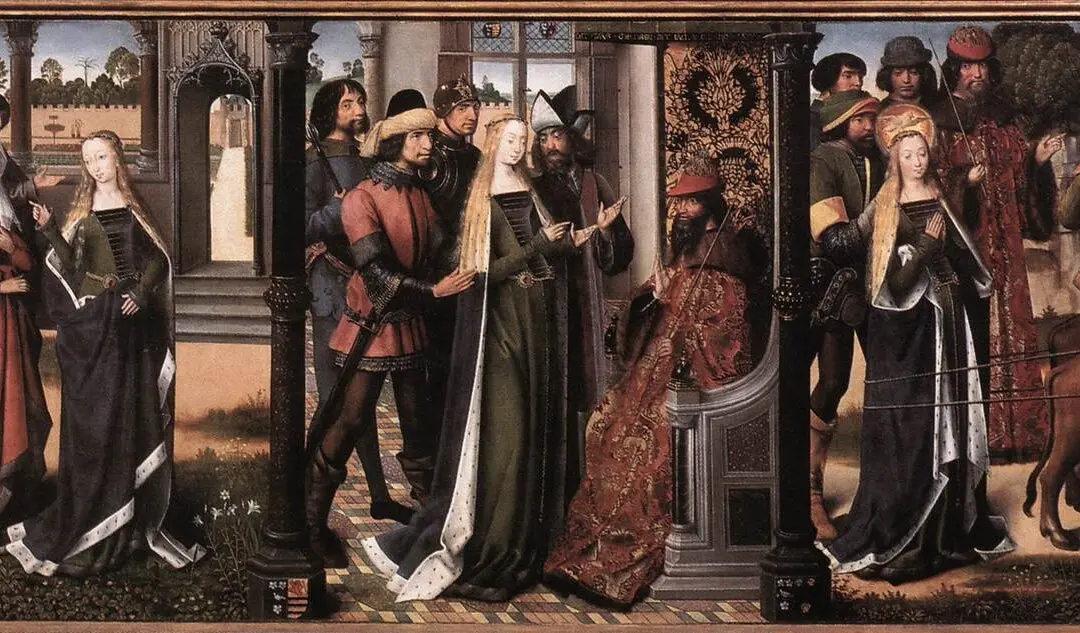This past month, words from “Anne of Green Gables” (1908) ran through my mind: “It was November—the month of crimson sunsets, parting birds, deep, sad hymns of the sea, passionate wind-songs in the pines. Anne roamed through the pineland alleys in the park and, as she said, let that great sweeping wind blow the fogs out of her soul.”
This perception of reality through literature is how Anne Shirley, the heroine of “Anne of Green Gables,” sees the world. L.M. Montgomery’s series depicts the life of Anne Shirley, known for her red hair and no less colorful imagination. Though her story is initially humble, her adoption by brother and sister Matthew and Marilla Cuthbert starts her on a journey in which she strives for excellence in every respect.





